Pros
Cons
Introduction
Product Overview
{{section_header}}{{section.name}}{{/section_header}}
Get to know the Creative Aurvana Live!
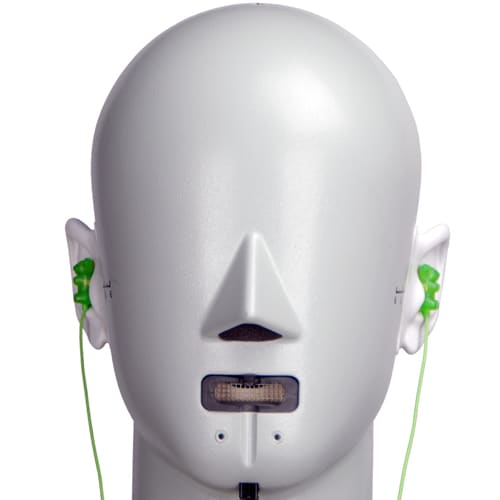
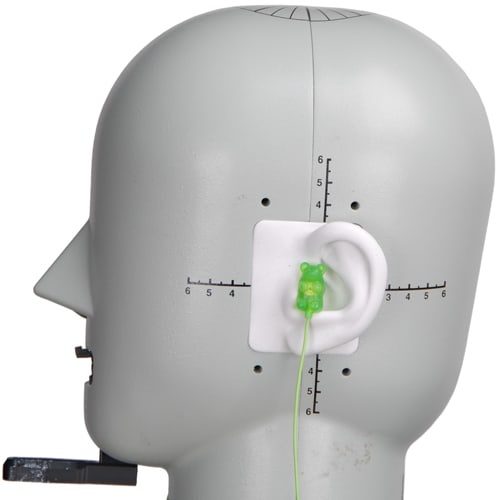
Speakers
{{section_header}}{{section.name}}{{/section_header}}
Here we see the speaker element, guarded by a thin mesh to trap all sorts of gunk before it reaches the driver.
Back
{{section_header}}{{section.name}}{{/section_header}}
The backs of the {{product.name}} are a highly reflective black plastic. They do not have any major features, outside of a brand label.
Band
{{section_header}}{{section.name}}{{/section_header}}
Connected to the tops of the ear cups is the rather thin band of the {{product.name}}. Considering its light weight and padding, you should not find it cumbersome.
Cable
{{section_header}}{{section.name}}{{/section_header}}
Dropping out of the left ear cup is the rather normal 3.93 foot long cable of the {{product.name}}. It doesn't have any fancy features like a remote or anything, so no worries about potential breakage points along the wire.
The cable ends in a regular 1/8th inch plug.
While it saves a it of weight, the cord guards on the {{product.name}}'s cable are fairly thin, and may not protect against hard tugs or shearing force.
Additional Features
{{section_header}}{{section.name}}{{/section_header}}
If you'd like a longer reach with your headphones, the {{product.name}} come with an extension cable. Additionally, you can also make use of the 1/4th inch adapter, though the somewhat low impedance of these headphones make it somewhat unnecessary.
In the Box
{{section_header}}{{section.name}}{{/section_header}}
Once your rip open the box, you'll find your {{product.name}}s, a carrying pouch, a 1/4th inch adapter, an extension cable, and assorted documentation.
Durability
{{section_header}}{{section.name}}{{/section_header}}
Due to the relatively light construction and the mostly-plastic casing to these headphones, you'll find that they aren't quite as durable as they could be. The cable is also very thin, so be careful not to bind it or tear at it too much because it could break.
Aesthetics
{{section_header}}{{section.name}}{{/section_header}}
The {{product.name}} headphones are quite elegant in their simplicity. Not only do they accent their glossy black ear cups with a metallic chrome finish, but they keep a rather uniform look that while understated, isn't bad to look at.
Frequency Response
{{section_header}}{{section.name}}{{/section_header}}
Aside from a slight de-emphasis (10dB) in the 3-6kHz range, the {{product.name}} actually maintain a relatively even frequency response. If you're worried about the dip in the graph, it looks a lot worse than it actually sounds: you'll notice cymbals and the very highest notes on instruments will be less piercing, but that's about it.

Click here for more information on our frequency response test.
Distortion
{{section_header}}{{section.name}}{{/section_header}}
The {{product.name}} cans do have a bit of distortion in the low end, but it shouldn't be enough to ruin your listening experience in any way, shape, or form.
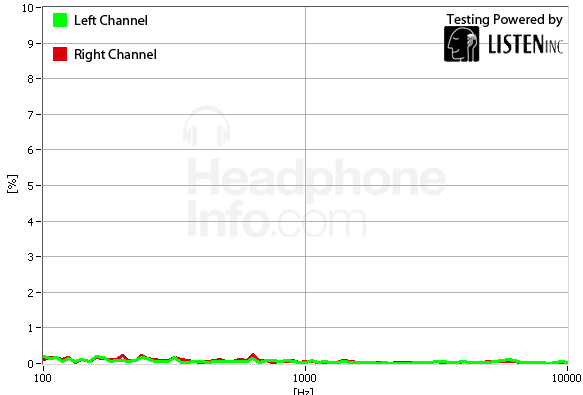
Click here for more information on our frequency response test.
Tracking
{{section_header}}{{section.name}}{{/section_header}}
While the tracking response of the {{product.name}} isn't perfect, its variations in channel preference aren't wild enough that you'll notice them. Even if you know what to look for, your ears aren't that sensitive.
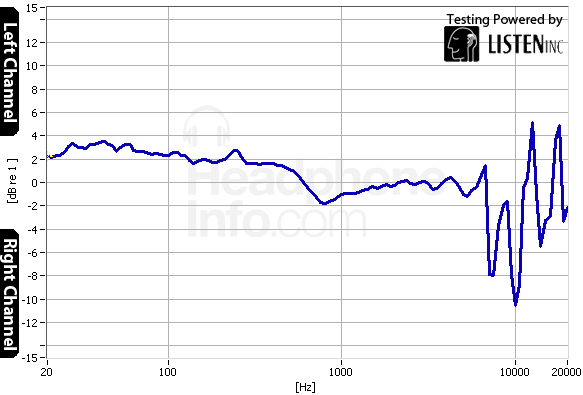
Click here for more information on our frequency response test.
Isolation
{{section_header}}{{section.name}}{{/section_header}}
Over-ear headphones typically aren't the best at isolation, and the {{product.name}} doesn't do much to buck that trend. While you'll notice that it does block out a considerable amount of higher-pitched outside noise, it doesn't block out any low-end noise. This basically means that if a truck or bus passes, you'll hear it loud and clear over your music.

Click here for more information on our isolation test.
Leakage
{{section_header}}{{section.name}}{{/section_header}}
The {{product.name}} also leak a bit of noise into the outside world too, so if you like to crank your tunes, you may annoy those around you.
Click here for more information on our leakage test.
Maximum Usable Volume
{{section_header}}{{section.name}}{{/section_header}}
While it's theoretically possible to listen to music at 114.85dB without hitting a 3% level of distortion, we hope that you'll keep your listening volume well below that, as you could accidentally damage your hearing.
Click here for more on our maximum usable volume test
Short-Term Use
{{section_header}}{{section.name}}{{/section_header}}
When you first slide the {{product.name}} cans on, you'll notice how soft the leather-like material is on your skull. Because these headphones are also quite light, there won't be a lot of pressure on your head.

Extended Use
{{section_header}}{{section.name}}{{/section_header}}
Over time, there isn't a whole lot of fatigue associated with the {{product.name}}, as they are light and grip your head softly. Consequently, they net the same score here.
Customizability
{{section_header}}{{section.name}}{{/section_header}}
Aside from using the extension cable, there really isn't a whole heck of a lot you can do to customize your cans. This isn't inherently a bad thing, but it's something to take note of.
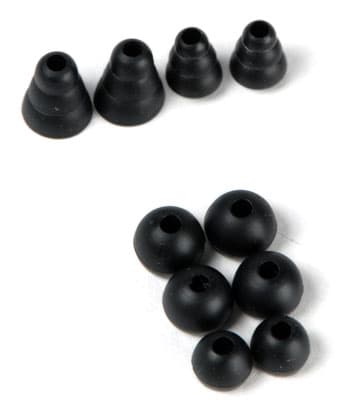
Cable Connectivity
{{section_header}}{{section.name}}{{/section_header}}
The cable of the {{product.name}} ends in a regular ol' 1/8th inch plug, which works in just about any mobile device or media player on the market today. This something you'll never really have to worry about all that much.
Portability
{{section_header}}{{section.name}}{{/section_header}}
If you like to baby your cans, the {{product.name}} comes with a soft travel pouch that you can take just about anywhere. Because these headphones are also comparatively light for over-ears, they won't be much of a burden to carry around.
Maintenance
{{section_header}}{{section.name}}{{/section_header}}
Aside from wiping down the inner layer of mesh covering the speakers, there really isn't a bunch you can do to maintain your cans other than to be extra careful with them.
Design
{{section_header}}{{section.name}}{{/section_header}}
While there aren't usually a lot of differences between on-ears and over-ear headphones, there are quite a few between the {{product.name}} and these Sennheiser cans. Not only does the cable hang from opposite sides, but the Sennheisers have a more radical band design, as well as better maintenance options.
Frequency Response
{{section_header}}{{section.name}}{{/section_header}}
Overall, both sets of headphones have very good frequency responses, but the Sennheisers have a more consistently flat reading. That's not to say that the response of the {{product.name}} is in any way worse, as the HD 25-1-IIs have a more severe underemphasis in their high end.
Distortion
{{section_header}}{{section.name}}{{/section_header}}
The Sennheiser cans have much less distortion.
Tracking
{{section_header}}{{section.name}}{{/section_header}}
{{product.name}} headphones have very good tracking. While the Sennheiser headphones don't exactly have a bad score here either, they do have slightly more noticeable channel preference errors.
Isolation
{{section_header}}{{section.name}}{{/section_header}}
Neither set of headphones attenuates noise very well, but the {{product.name}} blocks out a bit more sound.
Comfort
{{section_header}}{{section.name}}{{/section_header}}
Because each has their advantages and disadvantages in regards to comfort, we strongly urge you to try each set of headphones on before you buy. After all, everyone has a different head! Headphones will fit different people in different ways.
Verdict
{{section_header}}{{section.name}}{{/section_header}}
Coming in at a much higher cost, the Sennheiser HD 25-1-IIs do offer quite a bit more style and somewhat better performance on the whole, but the {{product.name}} does give you a taste of mid-range performance for entry-level price.
Design
{{section_header}}{{section.name}}{{/section_header}}
The Audio-Technica ATH-M50s are far beefier than the {{product.name}}. Additionally, they also are a bit more versatile with movable ear cups, and a coiled, strong cable.
Frequency Response
{{section_header}}{{section.name}}{{/section_header}}
Here, the {{product.name}} has a better frequency response than the Audio-Technica ATH-M50s do. Still, neither response is perfect, or even close to what we'd term "bad."
Distortion
{{section_header}}{{section.name}}{{/section_header}}
The ATH-M50s have an insanely low distortion measure, as opposed to the {{product.name}}, which has appreciable distortion in the low end.
Tracking
{{section_header}}{{section.name}}{{/section_header}}
Again, no perfect responses here, but any errors in either set of headphones are so minor that they're basically inaudible.
Isolation
{{section_header}}{{section.name}}{{/section_header}}
Neither set of headphones is all that great at noise attenuation, but the {{product.name}} technically blocks out less sound.
Comfort
{{section_header}}{{section.name}}{{/section_header}}
Both sets of headphones are comfortable over a wide range of heads. Still, it's best to do some detective work on your own and try each on before you make a purchase. That way, you'll end up with a set of headphones you'll be comfortable with.
Verdict
{{section_header}}{{section.name}}{{/section_header}}
While the Audio-Technica ATH-M50s offer a sizeable bump in audio performance, the {{product.name}} aren't to be completely counted out, as they do perform well for their price point. Much of the comparison comes down to how much you'd like to spend on your headphones, but the ATH-M50s are also much more durable.
Design
{{section_header}}{{section.name}}{{/section_header}}
By design, the Bowers & Wilkins headphones are far more durable and flashy than the {{product.name}}. To wit, this is largely due to the removable cable and the polished metal accents.
Frequency Response
{{section_header}}{{section.name}}{{/section_header}}
While neither frequency response is anywhere close to perfect, the P5-MFIs have an impressive response, while the {{product.name}} has a minor blemish in the high end.
Distortion
{{section_header}}{{section.name}}{{/section_header}}
The Bowers & Wilkins cans have much lower distortion, although the {{product.name}} isn't terrible to begin with.
Tracking
{{section_header}}{{section.name}}{{/section_header}}
The {{product.name}} has a much more even tracking response, though the errors on the P5-MFIs aren't major enough to be audible to most people.
Isolation
{{section_header}}{{section.name}}{{/section_header}}
Neither set of headphones make you dead to the world, but the {{product.name}} technically blocks out more noise than do the Bowers & Wilkins headphones.
Comfort
{{section_header}}{{section.name}}{{/section_header}}
The only way to be sure which headphones feel the best on your noggin is to actually try them out for yourself. See if you can't head to your local brick and mortar to try each on and get a feel for which headphones you prefer.
Verdict
{{section_header}}{{section.name}}{{/section_header}}
While the Bowers & Wilkins certainly provide a premium performance over the {{product.name}}, it certainly comes at a premium price. While they have all the bells and whistles that make for a great headset, sometimes a regular ol' set of headphones will work best, and at less than 1/3rd the cost, those headphones could be the {{product.name}}.
Conclusion
{{section_header}}{{section.name}}{{/section_header}}
Considering that the {{product.name}} doesn't have many flashy or gaudy features, its sub-$100 price point is not only fair, but pretty good for the performance it gives you. Sure, it's not going to give you the versatility or performance you'd get by paying a premium for a set of headphones designed for high performance, but they certainly hold their own.
They're not without their blemishes, however, as they do have some minor peculiarities in performance. Namely, they have a minor muffling of higher-pitched sounds, and they also have some distortion issues in the low end. Still, these blemishes aren't something that should worry the casual listener.
If you're looking for a set of entry-level headphones with respectable performance, the {{product.name}} is a great pickup below $100. Keep in mind, however, that these are not designed to work well as a smartphone headset, and are more geared towards listening at your computer or with your media device.
Meet the tester
A seasoned writer and professional photographer, Chris reviews cameras, headphones, smartphones, laptops, and lenses. Educated in Political Science and Linguistics, Chris can often be found building a robot army, snowboarding, or getting ink.
Checking our work.
Our team is here to help you buy the best stuff and love what you own. Our writers, editors, and experts obsess over the products we cover to make sure you're confident and satisfied. Have a different opinion about something we recommend? Email us and we'll compare notes.
Shoot us an email

